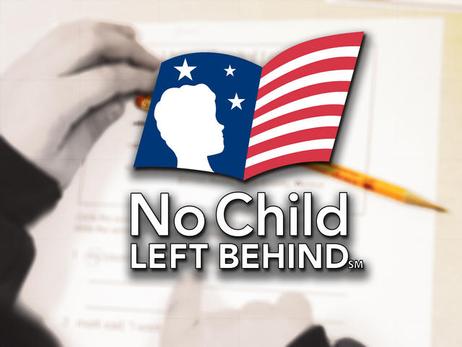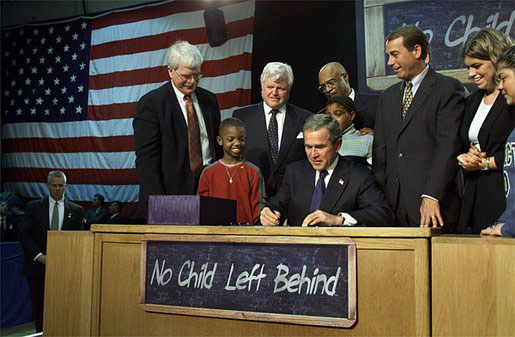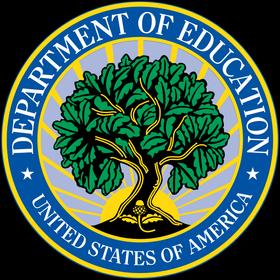As Chief Executive Officer of Chicago Public Schools during the years from 2001 to 2009, Arne Duncan enacted major changes. Now, Duncan has taken the national stage as President Obama’s Education Secretary.
Education policy experts agree that the best way to understand how American public education may change under Duncan’s guidance is to look at Duncan’s performance as CEO of the Chicago public education system. A recent New Yorker profile of Duncan highlighted the many reforms that Duncan championed during his tenure as CEO of the Chicago Public Schools, which included:
- “The turnaround” and shutting down under-performing schools – The New Yorker article describes the turnaround as Duncan’s “signature move” as Chicago Schools’ CEO. Duncan’s “turnarounds” in Chicago involved shutting down schools that had persistent records of low performance on measures such as standardized test scores and high school graduation rates. The students whose schools were shut down would often be transferred to newly opened charter schools.
- Opening new charter schools – Opening new charter schools was another of Duncan’s most significant undertakings as CEO of Chicago schools. The program that he championed, called Renaissance 2010, consisted of a network of charter, contract, and performance schools opened in the wake of the closures of low-performing schools.
- Using data to track student performance – As the Chicago schools CEO, Duncan pushed for public schools to collect more data on student and teacher performance and to use the data to guide decision-making.
- Drawing on resources outside the education community


















